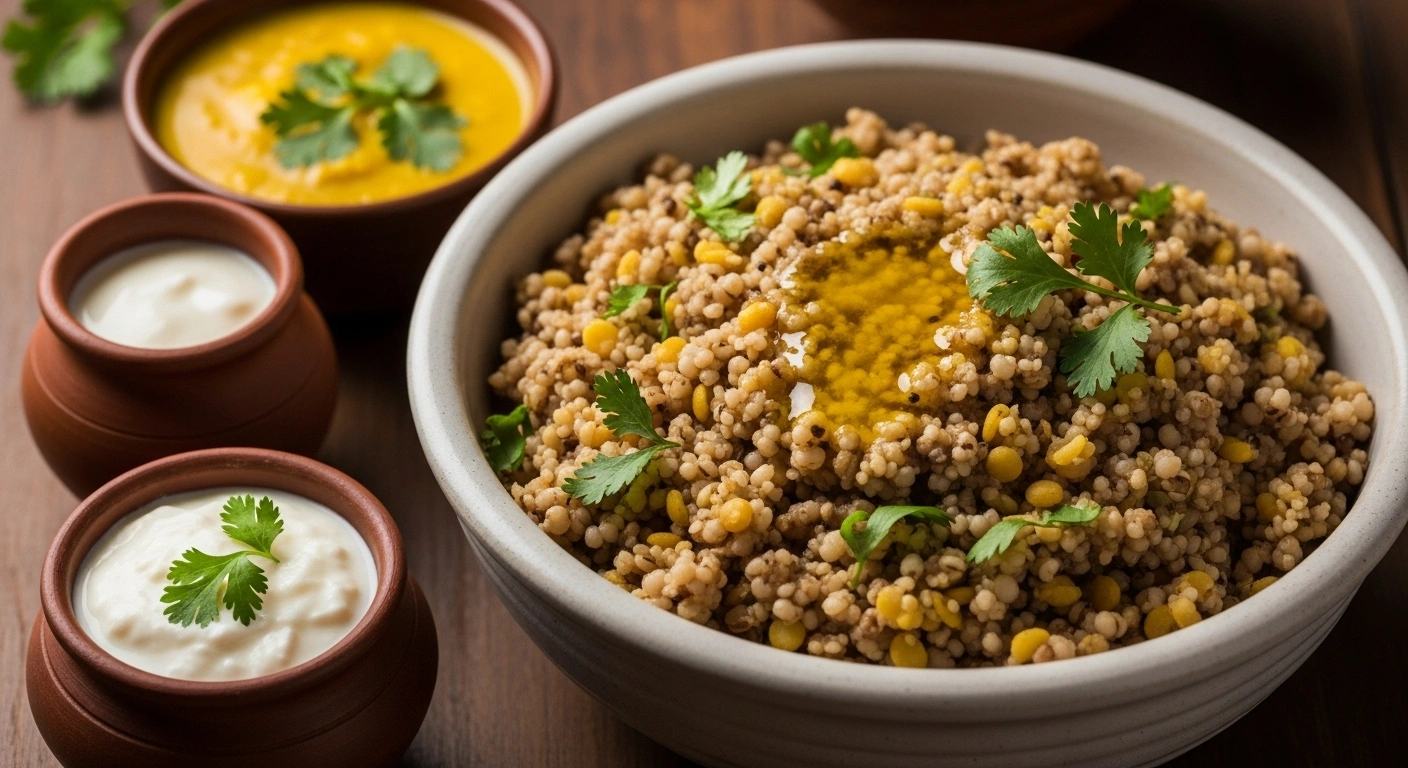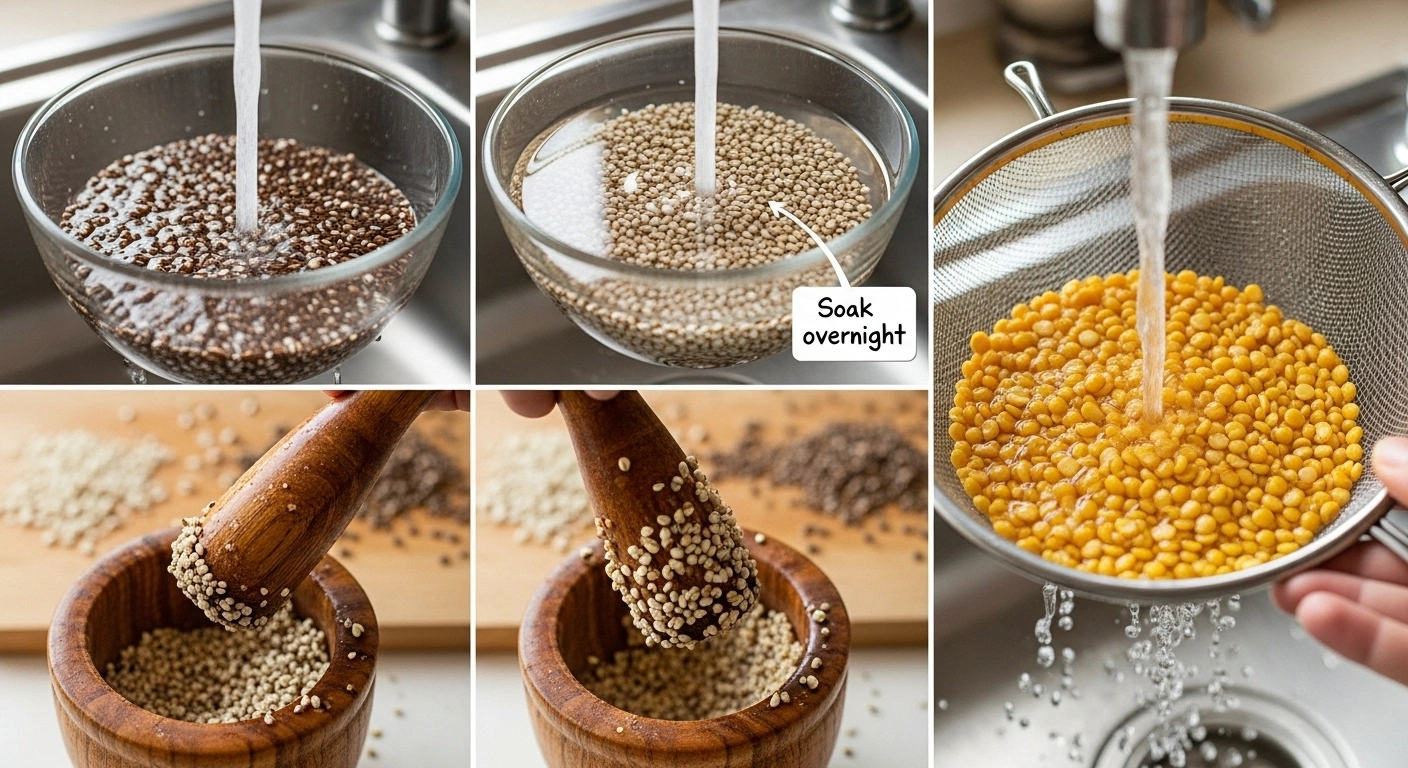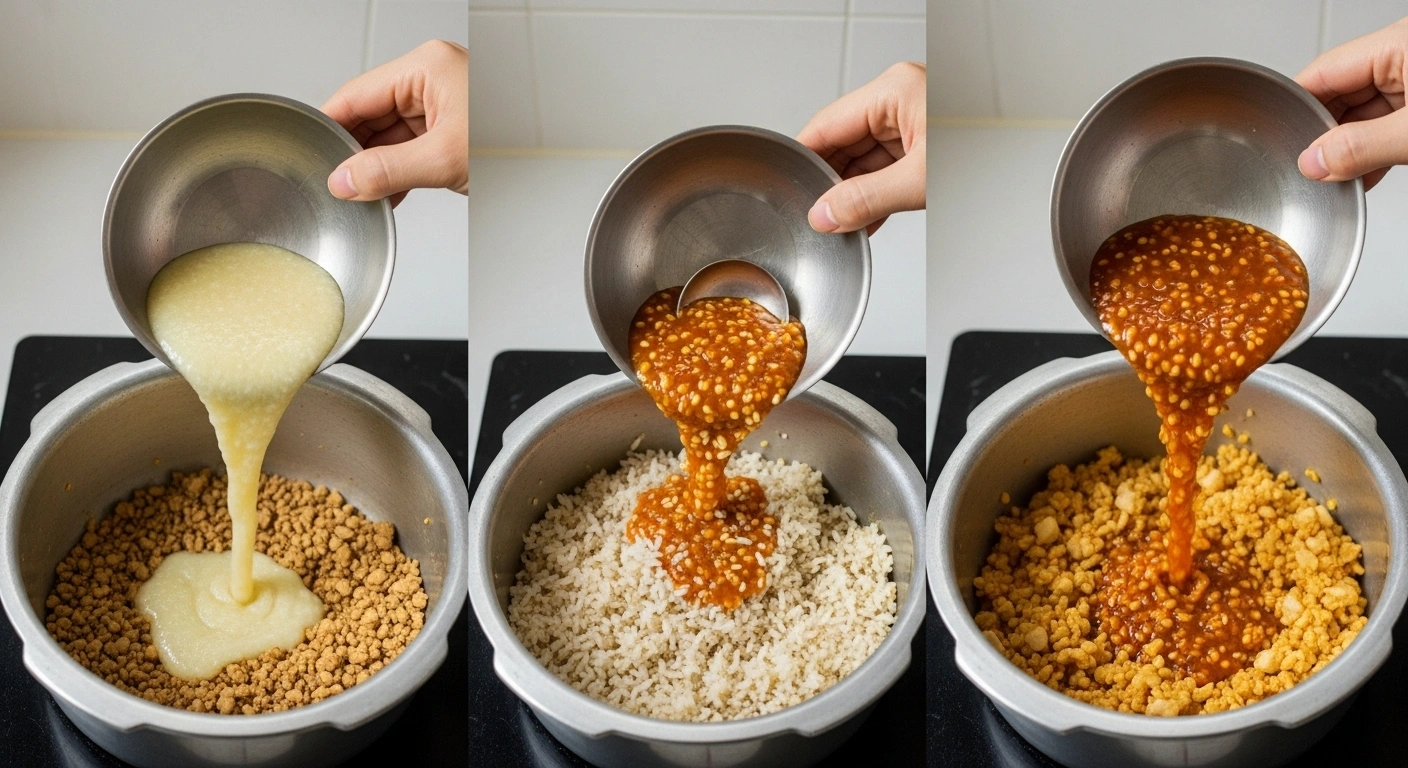Bajra (pearl millet) has been cultivated in India for centuries and is especially valued in arid regions like Rajasthan. It is rich in fibre, iron, and protein, making it an excellent alternative to rice or wheat-based meals.
Bajra khichdi is a classic dish where soaked bajra grains are pounded or coarsely ground, then slow-cooked with moong dal and spices. The result is a hearty, creamy khichdi with a rustic taste. Traditionally, it is eaten hot with a generous drizzle of ghee, which enhances flavour and aids digestion.
This khichdi is especially enjoyed in winter months as bajra is considered a “warming grain.” It pairs beautifully with curd, kadhi, or jaggery and pickle on the side. Some versions add garlic tadka for a robust flavour, while others keep it simple and sattvic (without onion and garlic).
It’s not only filling but also diabetic-friendly and great for gut health.
Bajra (pearl millet) has been cultivated in India for centuries and is especially valued in arid regions like Rajasthan. It is rich in fibre, iron, and protein, making it an excellent alternative to rice or wheat-based meals.
Bajra khichdi is a classic dish where soaked bajra grains are pounded or coarsely ground, then slow-cooked with moong dal and spices. The result is a hearty, creamy khichdi with a rustic taste. Traditionally, it is eaten hot with a generous drizzle of ghee, which enhances flavour and aids digestion.
This khichdi is especially enjoyed in winter months as bajra is considered a “warming grain.” It pairs beautifully with curd, kadhi, or jaggery and pickle on the side. Some versions add garlic tadka for a robust flavour, while others keep it simple and sattvic (without onion and garlic).
It’s not only filling but also diabetic-friendly and great for gut health.




